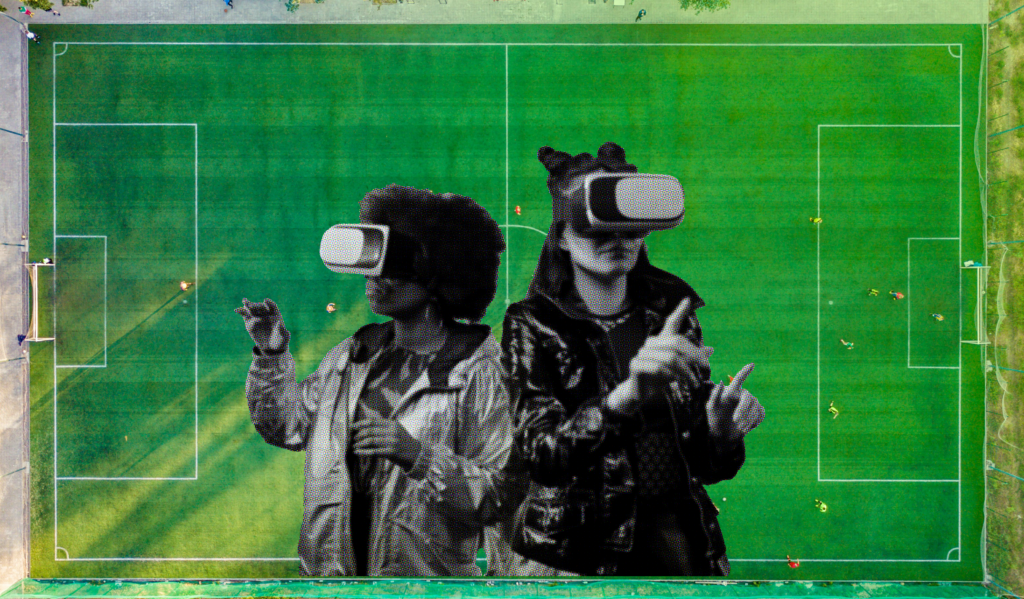The transition from locker rooms to living rooms signifies a profound evolution in the accessibility of sports broadcasting. Gone are the days when the behind-the-scenes world of sports was shrouded in mystery, accessible only to a select few. Today, with the proliferation of digital media and the advent of social platforms, fans can experience the thrill of the game from the comfort of their own homes. This shift represents a democratization of access, where enthusiasts are no longer mere spectators but active participants in the sports conversation. At the heart of this transformation lies technology. Streaming services, mobile apps, and social media platforms have dismantled the barriers that once separated fans from their favorite athletes and teams. With just a few clicks, followers can access real-time updates, exclusive interviews, and behind-the-scenes footage, bringing them closer to the action than ever before. Whether it is catching the highlights on YouTube, engaging in live Twitter discussions, or following athletes on Instagram, the digital landscape has blurred the lines between the locker room and the living room.

Moreover, this newfound accessibility has empowered fans to shape the narrative surrounding sports. Social media platforms serve as virtual gathering places where supporters can voice their opinions, share insights, and connect with like-minded individuals from around the globe. From impassioned debates about game strategies to heartfelt tributes to retiring legends, these online communities provide a forum for fans to express their love for the game in all its forms. In essence, the living room has become an extension of the stadium, where fans come together to celebrate victories, mourn defeats, and forge lasting bonds over their shared passion for sports. Beyond fostering a sense of community, the democratization of sports broadcasting has also opened doors for underrepresented voices. With platforms like podcasts and vlogs gaining traction, individuals from diverse backgrounds have found a platform to share their perspectives and insights. From female sports analysts breaking barriers in a traditionally male-dominated industry to fan-run blogs offering alternative viewpoints, the digital age has democratized the sports media landscape in unprecedented ways. As a result, the once-exclusive realm of sports broadcasting is now more inclusive and diverse than ever, reflecting the rich tapestry of voices within the global sports community.
However, amidst this wave of democratization, challenges remain. The rise of fake news and misinformation has muddied the waters of sports journalism, making it increasingly difficult for fans to discern fact from fiction. Additionally, concerns about privacy and ethics have surfaced as athletes navigate the pitfalls of social media scrutiny. As such, while the accessibility of 레이저티비 sports broadcasting has undoubtedly enriched the fan experience, it also underscores the need for responsible consumption and critical thinking in the digital age. In conclusion, the transition from locker rooms to living rooms marks a paradigm shift in the accessibility of sports broadcasting. Thanks to advancements in technology and the proliferation of digital media, fans now have unprecedented access to the inner workings of the sports world. From engaging in online discussions to amplifying underrepresented voices, the democratization of sports broadcasting has transformed the way we experience and interact with our favorite teams and athletes. However, as we navigate this new era of accessibility, it is imperative that we remain vigilant in our consumption and uphold the values of integrity, inclusivity, and respect within the sports community.






